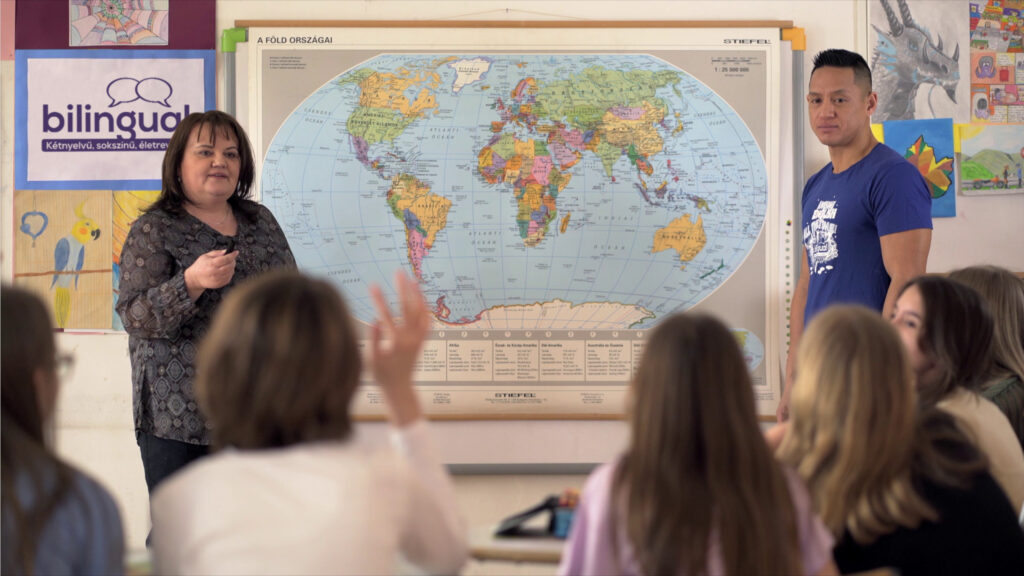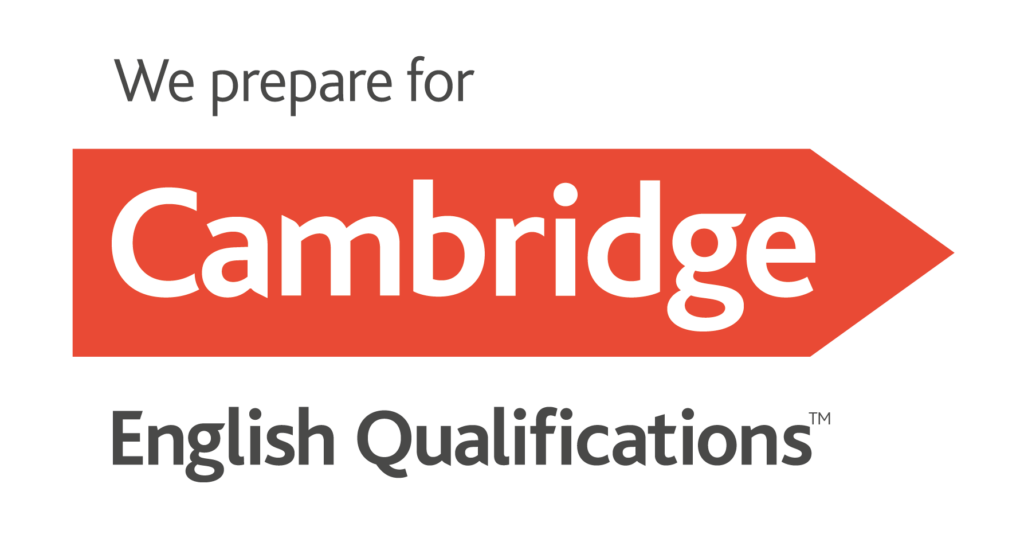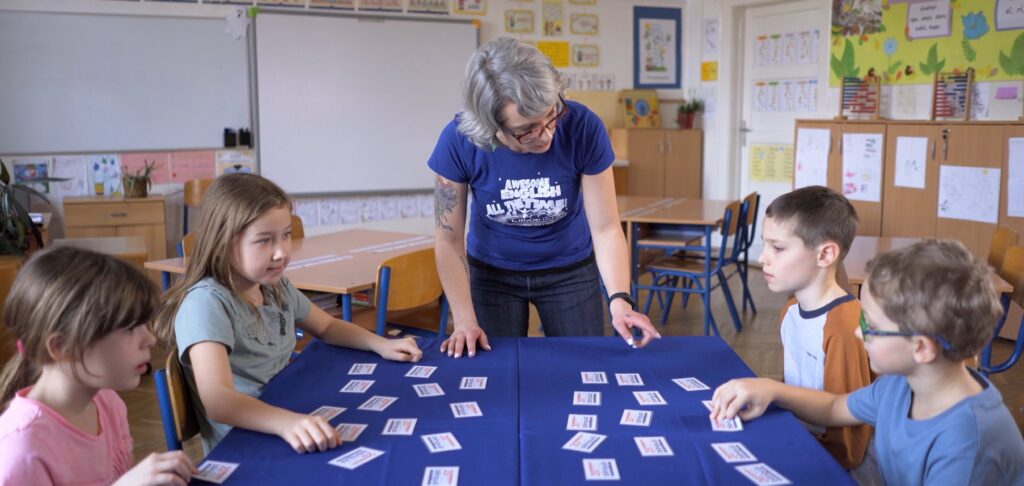Primary School Program Essentials
A core pillar of the Bilingual Program at all levels is the Bilingual Family Model: our one-person/one-language model of co-teaching. The approach is straightforward: the Hungarian co-teacher speaks only Hungarian and the Bilingual teacher speaks only English, thus maximizing the language immersion and language learning opportunities for our students.
Another core pillar of our program is English and Civilization classes and tutorials, where lessons are run exclusively in English. Finally, students interact with their teachers outside of lesson times, too, during breaks, at special school events, and in camps, to name a few.

Of course, entry into primary school introduces a great deal more structure into the children’s lives, broadening the ways in which they acquire their English. Focused and sustained study of lexical items begins in first grade, reading and writing in English begins at the start of second grade (allowing students a smooth path into Hungarian reading and writing in first grade), and English grammatical structures are introduced in increasingly explicit ways from third grade onwards.
Yet the methodology we use – what gets the job done – remains, in its essence, the same throughout the entirety of our program. We employ the techniques and insights of what we call the Active Classroom: a student- and communication-centered teaching and learning environment where students think, speak and act. We combine this general approach with the logic and strategies of Content and Language Integrated Learning (CLIL) to combine language and content when we co-teach with our Hungarian partners; and in all subjects we develop our students’ thinking skills with the precepts of Computational Thinking, giving them the tools to succeed in any school or work environment.
How do we measure our success?
How well are the students doing? Are they learning enough? These are key questions for anyone participating in or considering joining our program.
Cambridge English Qualifications – the premier external benchmark:
- Globally accepted exams that set the standard worldwide
- Specialized age-appropriate exams for children and teens
- Acknowledged as equivalent to Hungarian State exams by the Hungarian Education Authority
- The richest pool of preparation resources for teachers and students
- Advanced scoring makes it effortless to track your child’s progress

The right tool for the job
Bilingual uses Cambridge University English Language Assessment tools in order to externally benchmark the performance of its students. Cambridge English Language Assessment is the premier provider of English language exams for speakers of other languages globally, with meticulously well-prepared exams and preparation material for learners of all ages.
Age appropriate exams
We begin testing our students at the end of second grade with Young Learners Exams that are especially designed for children in this age group. Then starting in fifth grade we begin the For Schools series, finishing with the First Certificate for Schools B2 level language exam at the end of eighth grade.
To prepare is to succeed
Language development takes place in all subjects and in all lessons as part and parcel of the Bilingual program. Still, English language and literature lessons and afternoon tutorials provide the most intensive language learning opportunities. In addition, one lesson out of the weekly five English language lessons is devoted to the use of Cambridge exam preparation material.
Program Specifics
Co-Teaching Subject Classess
Within the framework of the Bilingual Family Model, we co-teach nearly all school subjects alongside our Hungarian teaching partners. This is where we adhere to our one-person, one-language rule, offering ample opportunity to the children for code-switching through frequent shifts in focus from teacher to teacher, all with an even distribution of time in each language.
English Language and Literature Classes
The situation is different in English classes, where we use English throughout each lesson.
Tutorials
Tailored learning in small groups
Tutorials are 30-minute afternoon sessions in small, usually leveled, groups. These sessions provide the perfect opportunity for reading development as well as further communicative practice and test review. Because they are leveled, we can tailor our material to boost high flyers and also support those who need additional help.

Main Class Teachers
A unifying figure for the students
In lower primary, the Main Class Teacher takes all the core academic subjects (English, Tutorials, Math and Science) as well as some or all of the secondary subjects, and serves as the academic and community leader of the class from the Bilingual side. In upper primary, the Main Class Teacher holds the same role, but in most cases holds in one pair of hands the English, Civilization and Tutorial sessions, and perhaps other subjects, depending on subject specialization.
Reading Program
Reading is for the brain and for the heart
The Bilingual Reading Program begins in late spring of first grade, with the exact starting point determined in conjunction with the Hungarian teacher in order to avoid interference with the children’s acquisition of reading and writing skills in Hungarian. The program kicks off in earnest in the second grade and carries on throughout primary school. Materials are leveled on an individual basis in lower primary, whereas starting in Grade 4 we read original works of English-language children’s and young adult literature, and are proud to include student choice in selecting the books.
Primary school Program
Watch our short videos that give you an insight into the lessons and sessions.
